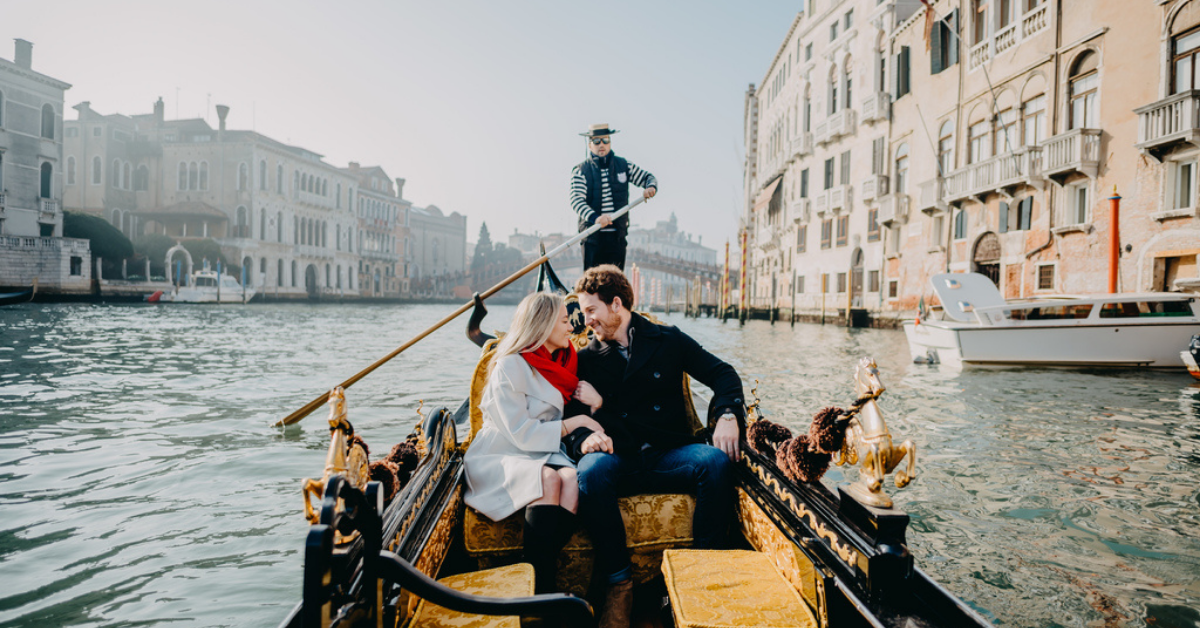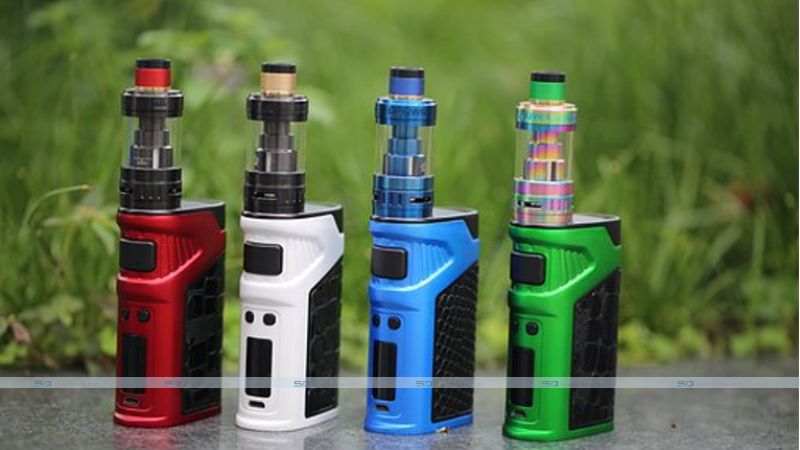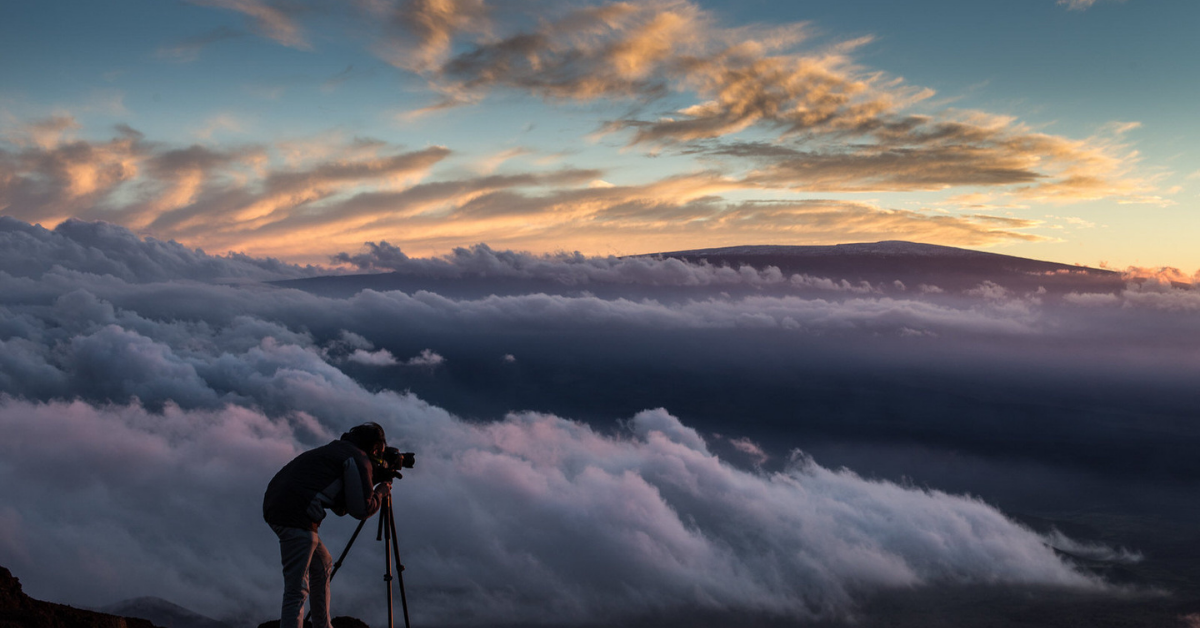If you’re like most people who work for a living, you look forward to the one or two weeks off each year. So what else will you remember about this unique time, aside from the recollections you’ll have of the trip once it’s over? If you’re lucky, you’ll acquire a few good images of the trip that you may print and display to your friends and family.
But why leave this aspect of travel to chance? With a few easy cameras and lighting strategies, you can ensure excellent photo quality for whatever vacation you plan.
We’ll show you how to take professional-quality photos when travelling, even in the most difficult situations. For example, on a trip to New York, we captured a couple snapping photos of themselves for this lesson.
Travelling Snapshots
On a gloomy, overcast summer day in Manhattan, New York, we caught up with our travelling couple, Karissa and Steve. One of the photos they intended to capture was of themselves in front of the Brooklyn Bridge. So we stepped up to the third story of a public building with an open terrace and a fantastic view of the Brooklyn Bridge to get out of the rain.
They began by snapping a photograph of themselves, as most individuals would. Then, Steve took out his point-and-shoot digital camera, put it on Program (automatic) mode, and used the built-in flash to take a picture.
Snapshot Drawbacks
While the end-product does show the two of them in front of a bridge, picture experts will quickly point out a few flaws. The top four are as follows:
1. The act of becoming exposed. The background is considerably overexposed, despite Karissa and Steve being adequately lit. The exposure in your camera can be drastically wrong unless you manually alter the exposure settings.
2. Light Sources. Even though Karissa and Steve are well-lit, the quality of light from the camera flash looks flat and artificial. Unless you’re shining a spotlight in someone’s eyes, you won’t find this type of light in nature. It’s not only unnatural, but it’s also unflattering for most people. Karissa and Steve are a lovely pair. However, this lighting technique fails to capture and highlight their beauty.
3. Composure. Holding the camera in this manner has a few drawbacks. For starters, it’s difficult to predict how the frame will look and what will appear in the foreground and background. Steve’s head is obstructing one of the iconic suspension bridge’s two towers. Second, Steve’s body position seems a little uncomfortable, with his arm extended outward to take the shot.
4. Juxtaposition is a term used to describe the juxtaposition of two or more things. Even though Steve zoomed in with his lens to reduce lens distortion on their faces and fill the frame (which is usually a good thing), their near closeness to the camera overshadows where they’re shooting. The Brooklyn Bridge, despite being mostly obscured, is barely visible in this shot.
Shooting With Manual Control
They concluded they wanted to try for a better shot after seeing the results. Steve first removed his point-and-shoot camera and replaced it with his digital SLR. This was a fully manual camera, as with other SLRs, allowing you to change the settings exactly where you want them. Steve attempted to photograph the two of them once more, but this time without using a flash.
Once again, the outcome isn’t particularly compelling. While the lighting on them is slightly more realistic than the result of the built-in flash, it is still noticeably underexposed. The background is overexposed, the tower is obscured, the body location is odd, and the camera distance precludes a realistic portrayal of the scenario.
Switching to Black and White Digitally
Karissa also mentioned that the background appeared quite drab compared to them because it was a cloudy day. As a result, they opted to shoot the next series of photos in Grayscale mode (black and white).
For the next shot, Karissa decided to take control of the composition by photographing Steve alone against the Brooklyn Bridge. She took a shot by spot-measuring off the bridge, framing the shot, and shooting it.
The background was well-exposed, but Steve was notably under-lit in the final shot, according to Karissa. Because steve was facing a dark wall and was surrounded by a black ceiling that reflected little to no light into his face, Steve was severely under-lit.
Adjusting Exposure
Karissa adjusted the aperture and shutter speed to ensure Steve was suitably exposed to examine how the photo would look with a brighter exposure. She used an aperture of f/5.6, a shutter speed of 1/30th of a second, and ensured that she was as stable as possible when tripped the shutter. Keep in mind that shooting handheld at shutter speeds of 1/60th of a second or slower might cause motion blur, sometimes known as “camera shake.”
In the background, the result is now overexposed. Even though the light is better on Steve with this exposure, the middle of his face, notably around the eyes, is still quite dark.
Reflecting Light To Reduce Contrast
Instead of using the flash, Karissa decided to use a light reflector to bounce some of the available light into the shadow portions of Steve’s face. So she took a 42-inch Photoflex MultiDisc from her backpack and requested one of our crew members to hold it in place. For better overall exposure, she kept the aperture at f/5.6 and upped the shutter speed to 1/125th of a second. NOTE: For portability, the MultiDisc reflector displayed here folds down to 1/3 of its original size. For additional information on the MultiDisc (“5-in-1” Discs available in 22, 32, and 42-inch versions), go to the link at the beginning of the course. To learn how to use the MultiDisc, go to this page and click the Instructions link.
We were able to reduce the contrast to an acceptable level with just this one light reflector.
In comparison to the MultiDisc fill, Karissa was interested how her Photoflex StarFire: ShoeMount flash would perform in this setting. So we put the MultiDisc away, she connected and fired up the flash, stepped back a bit to get a better view of the bridge, and took another exposure.
Like the built-in flash, the flash allows for a reasonable exposure of the foreground about the backdrop, but the light quality is still artificial. So Karissa decided to attempt one last lighting technique: using an extra-small LiteDome SoftBox to soften the camera flash.
Diffusing Your ShoeMount Flash
You can adjust your flash illumination with the Photoflex Extra Small Basic Kit to achieve far more natural effects. Karissa anchored everything in place with a common camera bracket. She first affixed the camera to the camera bracket, then used the Photoflex Adjustable ShoeMount hardware to attach a Photoflex Extra Small LiteDome SoftBox to the bracket, and lastly used the Photoflex FlashFire: to link both the camera and the flash.
She took a few photographs after this configuration was set up while adjusting the flash’s power until she achieved an exposure she liked.
As you can see, the lighting is considerably more diffused than it was with the previous built-in flash exposure, and the photo looks much more professional.




